 |
 |
 |
 |
 |
 |
|
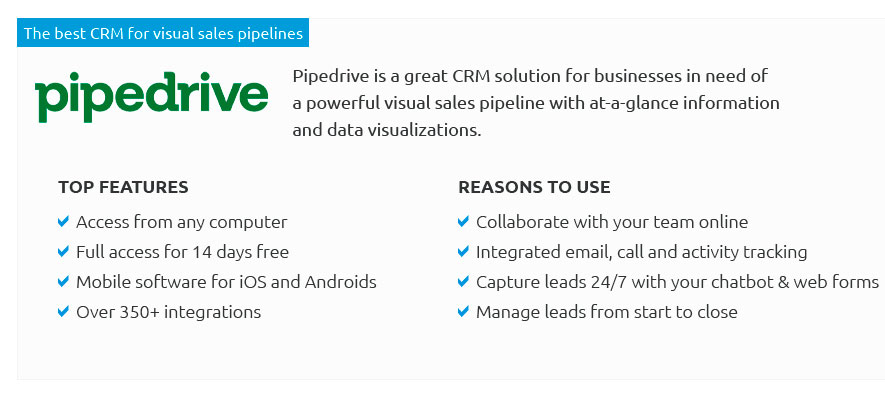 |
|
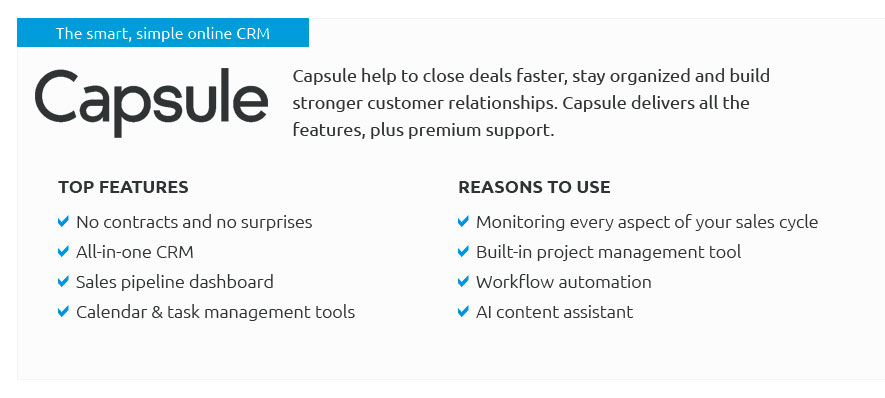 |
|
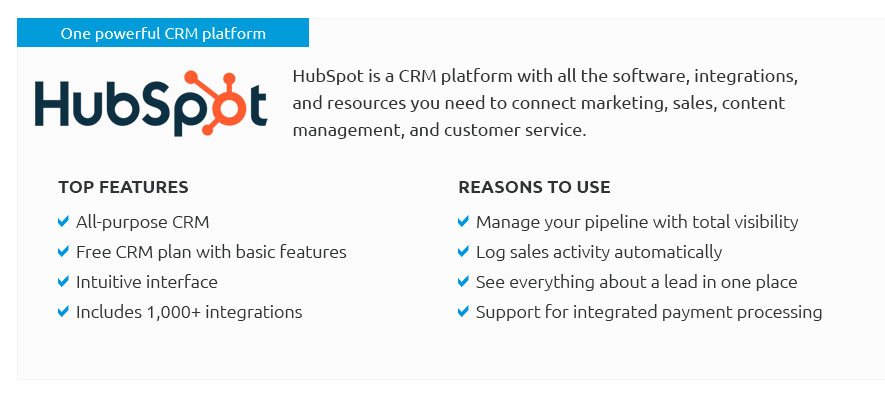 |
|
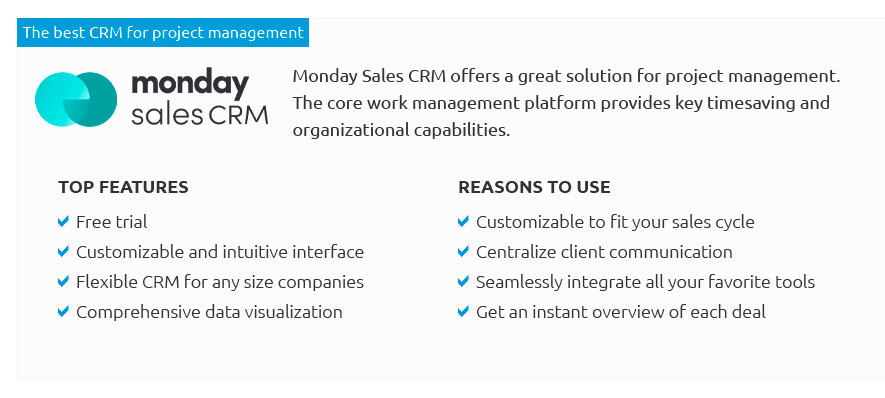 |
|
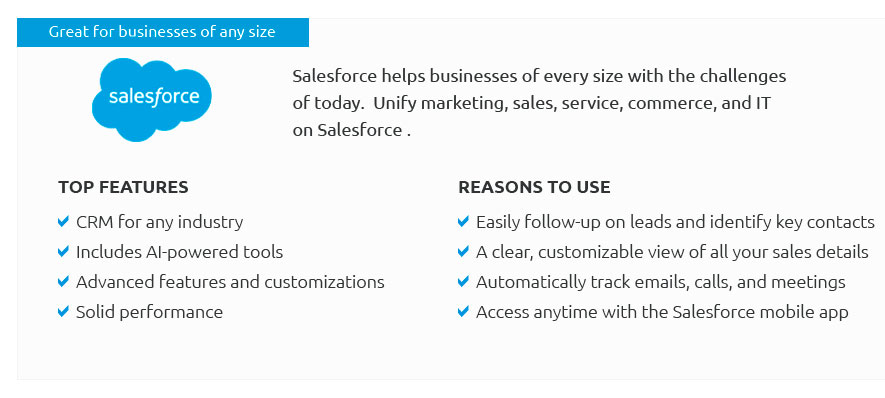 |
|
 |
 |
Understanding the Cost of CRM: An In-depth ExplorationIn today's fast-paced business environment, the implementation of Customer Relationship Management (CRM) systems is not just a luxury but a necessity. However, understanding the cost of CRM can be a complex undertaking, as it involves various components beyond mere licensing fees. This article seeks to unravel the layers that contribute to the overall expense associated with CRM solutions, providing a comprehensive overview to aid businesses in making informed decisions. The journey begins with initial setup costs. These can vary significantly based on the complexity of the CRM software chosen and the size of the organization. Initial expenses often include software licensing fees, which can be structured as a one-time purchase or a subscription model. Many leading CRM providers offer a tiered pricing structure, allowing companies to select features that best match their needs and budget. Small businesses may opt for basic plans, while larger enterprises might require advanced functionalities, leading to higher initial costs. Another pivotal aspect is the customization and integration costs. Most CRM systems require some degree of customization to align with an organization's specific business processes and workflows. This customization can range from minor adjustments to significant overhauls, which often necessitate hiring third-party experts or utilizing in-house IT resources. Furthermore, integrating the CRM with existing systems such as ERP (Enterprise Resource Planning) or marketing automation tools can add to the expense, but it is a crucial step to ensure seamless data flow across platforms. Training and support are also significant cost components. Ensuring that employees are adequately trained to use the CRM efficiently is vital for achieving the desired return on investment. This may involve formal training sessions, ongoing support, and sometimes the development of internal documentation. While some CRM vendors include basic support in their packages, additional premium support services are often available at an extra cost, offering faster response times and more personalized assistance.
Ultimately, the cost of CRM is a multifaceted equation that requires careful consideration and strategic planning. By evaluating all potential expenses and aligning them with business goals, organizations can make informed choices that balance cost with value, ensuring that their investment in CRM technology drives growth and enhances customer relationships. It is crucial for businesses to conduct a thorough cost-benefit analysis to determine the long-term financial implications of their CRM choice, keeping in mind that the right CRM can offer substantial returns through improved customer insights, streamlined operations, and enhanced customer engagement. In conclusion, while the cost of CRM can seem daunting at first glance, it is an investment that, when executed thoughtfully, offers significant dividends. The key is to approach the decision with a clear understanding of the organization's needs, a realistic budget, and an eye on future scalability, ensuring that the CRM system chosen today continues to serve the business well into the future. https://monday.com/crm/pricing
Unlimited contacts and pipelines. No credit card needed. - Basic. CRM. $12. seat / month. Total$120/ month - Standard. CRM. $17. seat / month. Total$170/ month. https://www.method.me/crm-quickbooks/pricing/
Typically, paid CRM software costs anywhere from $12 per user, per month, all the way to $300 per user, per month. https://www.insightly.com/blog/crm-implementation-costs/
Some of the most crucial costs to consider are the costs associated with implementation, including subscription costs, training, data migration, configuration ...
|